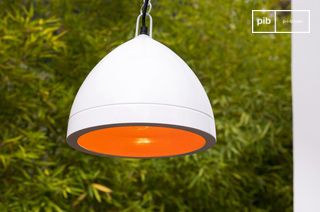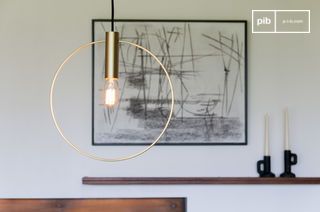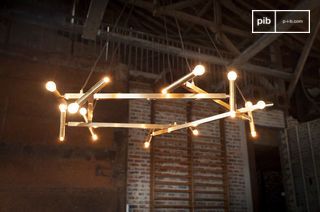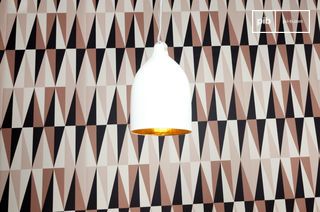Designer pendant lights
Design suspended luminaires act as structuring elements in a well-thought-out layout. Their role goes beyond lighting: they define a volume, articulate a circulation, introduce a legible form. Design suspensions are chosen for their proportions, their diffusion and their interaction with other lines. It can work alone or in groups, depending on the type of space and ceiling height. The choice of material and finish determines its integration into the overall design, without unnecessary decorative effects.
read more >Filters

Features of a designer suspension lamp in interior spaces
A designer suspension lamp meets a dual requirement: formal clarity and a lighting function. It doesn't just illuminate a specific point, it visually organizes the room. Its geometry can be simple or complex, but always designed to interact with the surrounding volume. The choice of size, hanging height and place in the composition determines its effect. A suspension that's too high or too low will unbalance the space; if it's poorly centered, it will interrupt the reading of lines.
Materials, light and functional coherence
The design of a suspension is not based solely on its form, but on the interplay between material, light and use. Opaline glass models diffuse light evenly. Cut metal structures project oriented beams. A designer suspension can also combine several materials to produce mixed direct and indirect light. The choice of lighting temperature is crucial: light that's too cold will distort surface colors, while light that's too warm can distort the balance of tones. Between 2700 and 3000 K, the rendering is generally suitable for living spaces.
Design suspension fixtures: integration into an overall composition
In a coherent layout, design suspension fixtures never stand alone. It complements or counterbalances other volumes present: table, seats, base units. It can be used to punctuate an enfilade, delimit an open space or mark a transition point. The chosen design should interact with the rest of the furniture, without restricting it. A sculptural suspension can interact with sober architecture; a minimal form fits into an already highly structured room. The aim is always to make the space legible, without overload or unnecessary emptiness.
By assuming a clear but measured presence, designer suspension acts as a spatial landmark as much as a lighting element. Its effectiveness relies on a balance between form, use and integration into the overall scheme.
The design suspension is a clear but measured presence, acting as a spatial landmark as well as a lighting element




